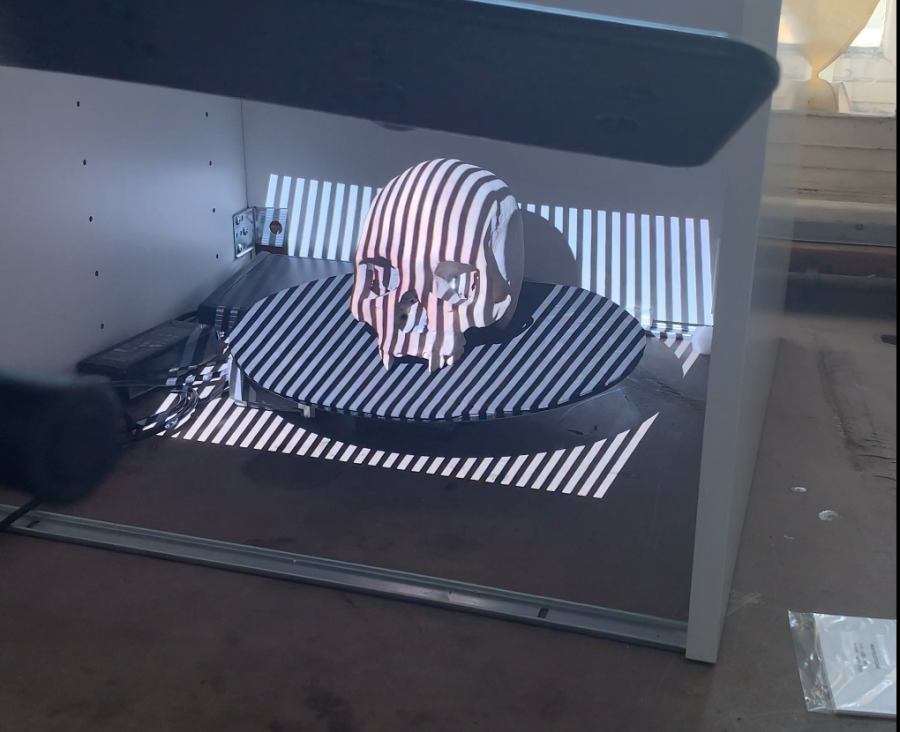From the 6th to 8th of September, the Royal Belgian Institute of Natural Sciences hosted Arc-hive project partners, including KONTEJNER, in an intensive digitization workshop as part of which we had the opportunity to visit their modern and progressively designed permanent exhibition, as well as get to know their complex system of archiving and digitizing collections. We were introduced to the technique of photogrammetry, which allows a captured object to be translated into a 3D model - after which we worked on 3D modeling programs that gave the object its final, digital shape. From paleontological specimens to modern taxidermy techniques, curators and experts in the field of conservation, archiving and digitization have introduced us to the diversity of methodology applied in the study of natural specimens. Together with partners in the field of investigative art that uses biological media, we examined ways in which these methods can be translated into the practice of maintaining and archiving artworks.
We spent the second half of the week, from the 9th to 12th of September, in Berlin where we visited members of the Curatorial Collective for Art in Public Space (CCPA) who for the first time organized the Future Perfect Land event in the courtyard of the Berlin Monopol. Designed as a funfair for speculative realities, through site-specific and public interventions, it explored potential futures that could arise as a result of global warming. Finally, we visited the Art Laboratory Berlin where curators Regine Rapp and Christian de Lutz took us through their exhibition "Under the Viral Shadow."



